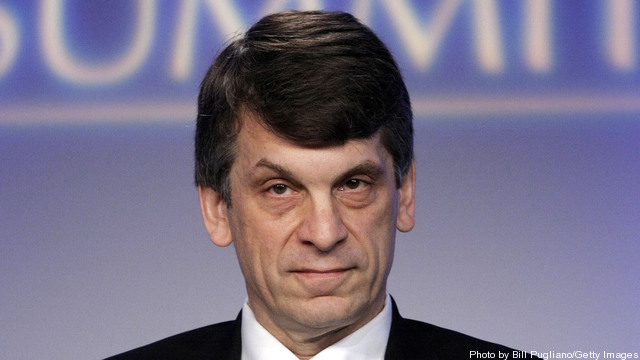
The US nuclear industry is not dodging the big question; what is next for nuclear power after the Fukushima accident in Japan earlier this year?
The Nuclear Energy Institute’s Leslie Kass beat Breaking Energy to the subject in this video interview, mentioning Fukushima as she acknowledged it has been a busy year for the nuclear industry. While the accident has created challenges for operators in the US beyond providing assistance to the impacted site, it has also given the industry what Kass called “a great platform to communicate.” Keep reading →









Paid To Worry: AOL Energy Week In Review
By Peter GardettThe energy business increasingly operates in a world of “black swans.”
In one year, earthquakes, floods, financial chaos and political deadlock all at enormous scale have rocked the energy industry. While most firms remain functioning, or even prosperous, and regulators have responded with speed, the analysts charged with finding logic in data are scrambling to figure out how to price and plan for a new future filled with “unusual” events. Keep reading →